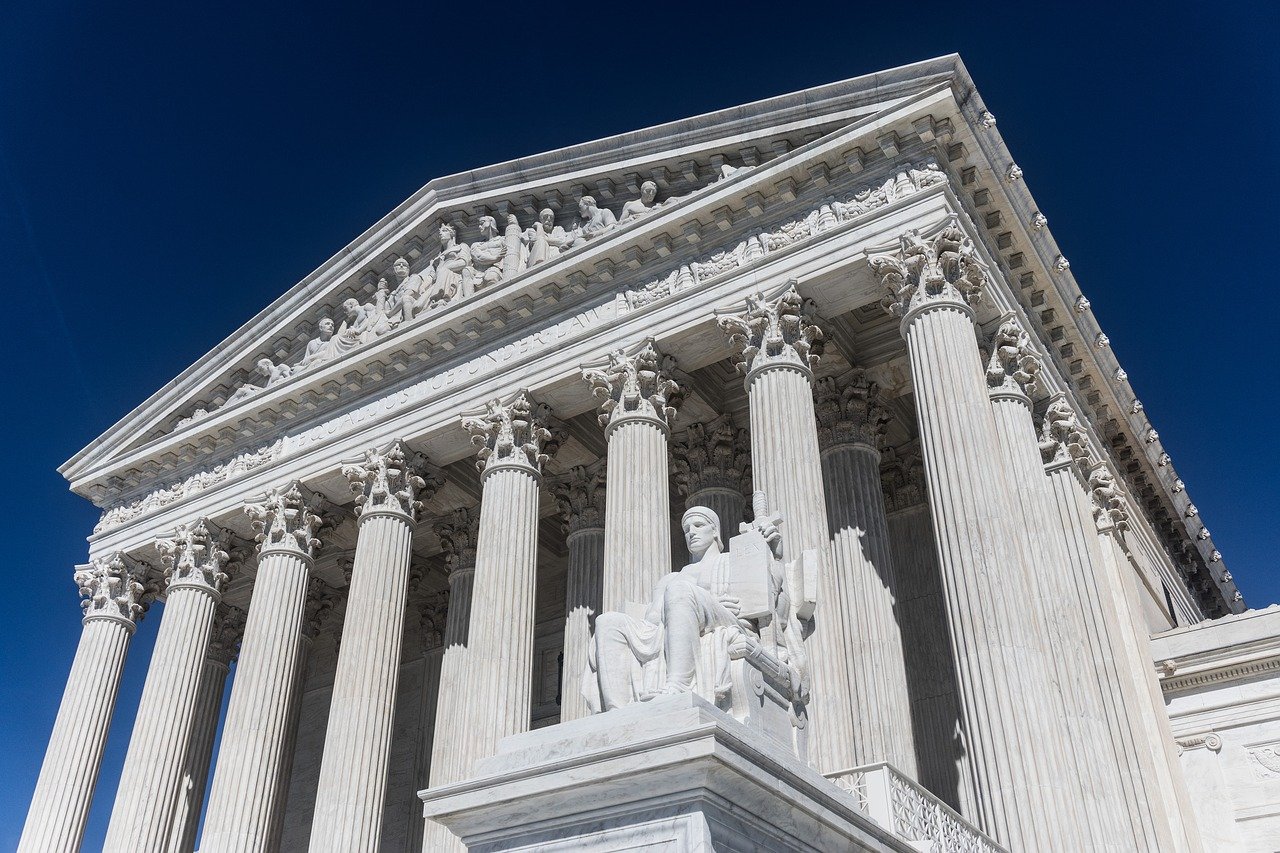The US Supreme Court ruled 5-4 on Monday in United States v. Arthrex that the America Invents Act gives powers to Administrative Patent Judges (APJs) that are inconsistent with the appointments clause of the US Constitution.
APJs operate within the US Patent and Trademark Office (USPTO), which is a subsection of the Department of Commerce. The Secretary of Commerce and the Director of the USPTO are nominated by the President and confirmed by the Senate as outlined in the Constitution. In turn, the Director appoints more than 200 APJs to conduct hearings over challenges to existing patents.
When APJs rule on the validity of a patent, neither the Director nor the Secretary can overturn the ruling. Parties may petition for a rehearing, but only APJs can grant such a rehearing. After receiving an unsatisfactory ruling from a panel of APJs, Arthrex challenged the law that established this system: the Leahy Smith America Invents Act of 2011.
The court first agreed with Arthrex that the act is unconstitutional because the president’s executive power is shared by APJs, but is completely unreviewable by the president or any of his properly appointed officers. Thus, APJs escape the accountability meant to be ensured by the appointments clause.
The court also ruled 7-2 that the constitutional violation will be resolved if the the Director of the USPTO can review decisions by the APJs. In his opinion for the majority, Chief Justice John Roberts wrote that “review by the Director would follow the almost-universal model of adjudication in the Executive Branch.”
Justice Clarence Thomas was the sole member of the court to dissent on both issues. He questioned the wisdom of limiting inferior officer power so stringently, asking whether the majority’s decision would limit, for example, an FBI agent’s ability to use deadly force to subdue a suspect without the approval of an appointed official.


